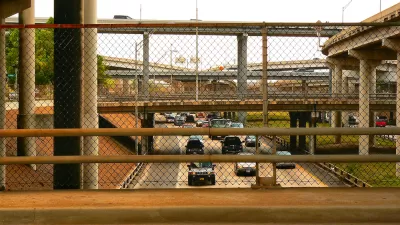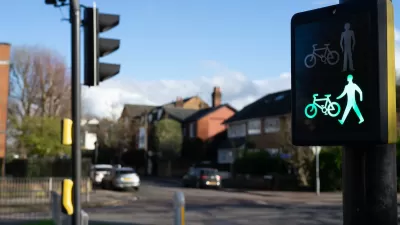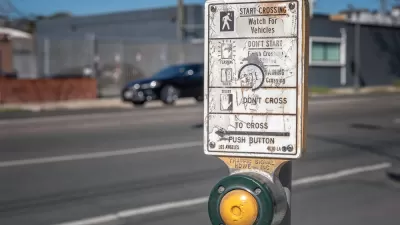A feature article at the major local daily newspaper in Houston tackles traffic safety and puts the onus on engineers, police, and politicians to come to terms with the destruction they've wrought.

A big, feature article by Dug Begley and St. John Barned-Smith for the Houston Chronicle examines the danger on the roads of the most populous city in Texas, with findings from the Houston Chronicle's own analysis of statistics from the National Highway Traffic Safety Administration.
"We drive past the crashes, numbed to their frequency, by how they add up. But they do: 640 people a year die on Houston-area roads, and 2,850 more are seriously injured," writes Begley and Barned-Smith. "The carnage, all factors considered, makes Houston the most deadly major metro area in the nation for drivers, passengers and people in their path…"
After providing several additional types of data to further the point about the lack of safety on Houston's roads, the article digs into the contributing factors to traffic fatalities (no victim blaming here, but also no discussion of distracted driving), naming longer commutes, poor road design, paltry enforcement, lack of political will, and a lack of space for other, safer modes. Also, the article endeavors to do what society fails to do every day: put a human face to the tragedy of traffic fatalities.
The article also includes infographics, and is supplemented by a story map that visualizes the death toll of an average week—11 fatal crashes and 12 deaths. Traffic fatalities occur pretty much everywhere around the city, according to the article, but also more frequently at specific intersections.
FULL STORY: Out of Control

Study: Maui’s Plan to Convert Vacation Rentals to Long-Term Housing Could Cause Nearly $1 Billion Economic Loss
The plan would reduce visitor accommodation by 25,% resulting in 1,900 jobs lost.

North Texas Transit Leaders Tout Benefits of TOD for Growing Region
At a summit focused on transit-oriented development, policymakers discussed how North Texas’ expanded light rail system can serve as a tool for economic growth.

Using Old Oil and Gas Wells for Green Energy Storage
Penn State researchers have found that repurposing abandoned oil and gas wells for geothermal-assisted compressed-air energy storage can boost efficiency, reduce environmental risks, and support clean energy and job transitions.

From Blight to Benefit: Early Results From California’s Equitable Cleanup Program
The Equitable Community Revitalization Grant (ECRG) program is reshaping brownfield redevelopment by prioritizing projects in low-income and environmental justice communities, emphasizing equity, transparency, and community benefits.

Planting Relief: Tackling Las Vegas Heat One Tree at a Time
Nevada Plants, a Las Vegas-based nonprofit, is combating the city’s extreme urban heat by giving away trees to residents in underserved neighborhoods, promoting shade, sustainability, and community health.

How Madison’s Tree Planting Efforts Are Growing a Healthier Community
Madison’s annual tree planting initiative is enhancing environmental resilience, public health, and community livability by adding 1,400 carefully selected trees citywide, with strong community and institutional support for urban forestry.
Urban Design for Planners 1: Software Tools
This six-course series explores essential urban design concepts using open source software and equips planners with the tools they need to participate fully in the urban design process.
Planning for Universal Design
Learn the tools for implementing Universal Design in planning regulations.
Ascent Environmental
Borough of Carlisle
Institute for Housing and Urban Development Studies (IHS)
City of Grandview
Harvard GSD Executive Education
Toledo-Lucas County Plan Commissions
Salt Lake City
NYU Wagner Graduate School of Public Service





























